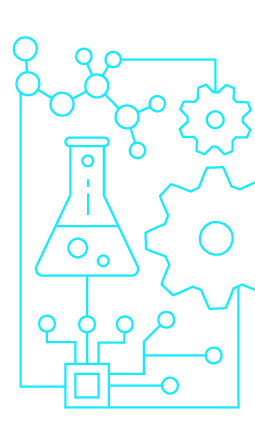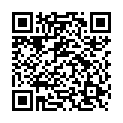|
|
|
| Module code: MAB-2.3 |
|
5V (5 hours per week) |
|
6 |
| Semester: 2 |
| Mandatory course: yes |
Language of instruction:
German |
Assessment:
Written examination
[updated 12.09.2004]
|
MAB-2.3 Mechanical and Process Engineering, Bachelor, ASPO 01.10.2004
, semester 2, mandatory course
|
75 class hours (= 56.25 clock hours) over a 15-week period.
The total student study time is 180 hours (equivalent to 6 ECTS credits).
There are therefore 123.75 hours available for class preparation and follow-up work and exam preparation.
|
Recommended prerequisites (modules):
None.
|
Recommended as prerequisite for:
|
Module coordinator:
Prof. Dr.-Ing. Vlado Ostovic |
Lecturer: Prof. Dr.-Ing. Vlado Ostovic
[updated 18.06.2004]
|
Learning outcomes:
Students will acquire an overview of the most important relationships concerning electromagnetic fields. After completing this course, students will be able to select the right type of electrical equipment, such as motors, rectifiers, etc., for applications at the boundary between mechanical and electrical engineering (e.g. drive systems, vehicle technology, etc.).
[updated 12.09.2004]
|
Module content:
- Physical fundamentals and systems of units: units; the structure of matter; natural constants
- Electrical circuits: dc circuits; Ohm’s law; power and work; linear and non-linear resistances; Kirchhoff’s laws; loop currents; node voltages; Thévenin equivalent circuits
- Electrostatic fields: field lines; continuity equation; force, energy and potential; boundary conditions; capacity and capacitors; use of capacitors in dc circuits
- Magnetic fields: Magnetic flux laws; force and field energy; magnetic flux; boundary conditions; reluctance (magnetic resistance); permanent magnets; self-induction and mutual induction; use of inductors in dc circuits; law of induction.
- Alternating current: creation of an alternating voltage; root-mean-square and peak values; active, reactive and apparent power; impedance and admittance; Zeiger diagrams; resonance
- Three-phase systems: star (Y) and delta connections; active, reactive and apparent power
- Semiconductor electronics: p-type and n-type semiconductors; p-n transitions; diodes; diode circuits and diode bridges; transistors; thyristors; power converters
- Electrical machines and drives: general information on electromechanical energy conversion; force and induced voltage in an electric machine; types of machines; materials
- DC generator: structure and functional description; commutators and commutation; armature reaction; types of machines: separately excited, shunt-wound and series-wound machines; universal motor
- Polyphase machines: creation of a rotating field; machine types
- Asynchronous machines: structure and functional description; squirrel-cage and slip-ring rotors; behaviour of an asynchronous machine in its stationary state; equivalent network; control; power balance; single-phase asynchronous machines
- Synchronous machines: structure and functional description; salient-pole and cylindrical-rotor machines; synchronous internal voltage and synchronous reactance; behaviour under load; permanent-magnet machines
[updated 12.09.2004]
|
Teaching methods/Media:
- Lecture notes
- Explanatory notes for laboratory work
[updated 12.09.2004]
|
Recommended or required reading:
Linse, Fischer: Elektrotechnik für Maschinenbauer, Teubner- Verlag
[updated 12.09.2004]
|


